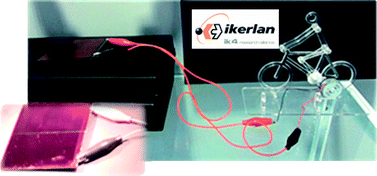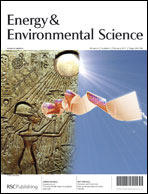Inverted ITO-free organic solar cells based on p and n semiconducting oxides. New designs for integration in tandem cells, top or bottom detecting devices, and photovoltaic windows
Abstract
We report organic photovoltaic devices in which the standard ITO transparent electric contact has been substituted by lower cost ultrathin metallic electrodes. Solution and vacuum processable n and p-type semiconductors provide the electrode with the rectifying behavior of the diode. We are in this way able to invert the built-in electric field at wish and make the device deliberately either top or bottom sensitive with the same efficiency depending on the application. Taking advantage of these new generation electrodes we furthermore report devices with fill factors over 70%—to our knowledge, the largest published to date for an organic photovoltaic cell—and power conversion efficiencies over the state-of-art with 3.5% in inverted P3HT:PCBM devices, ITO free designs over 2.5% and (semi)transparent photovoltaic devices with conversion efficiencies close to 2.6%. This breakthrough could once and for all trigger the fabrication of organic tandem solar cells and photovoltaic windows.


 Please wait while we load your content...
Please wait while we load your content...